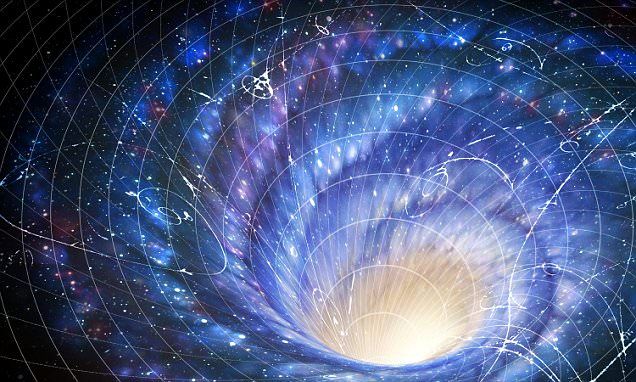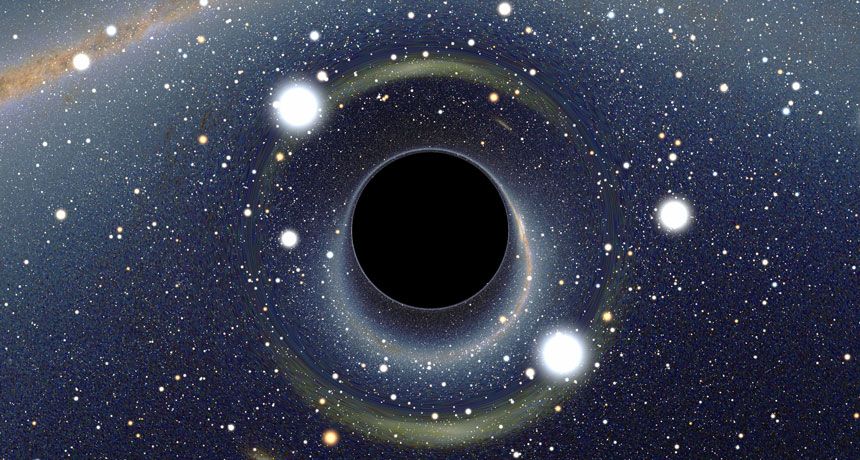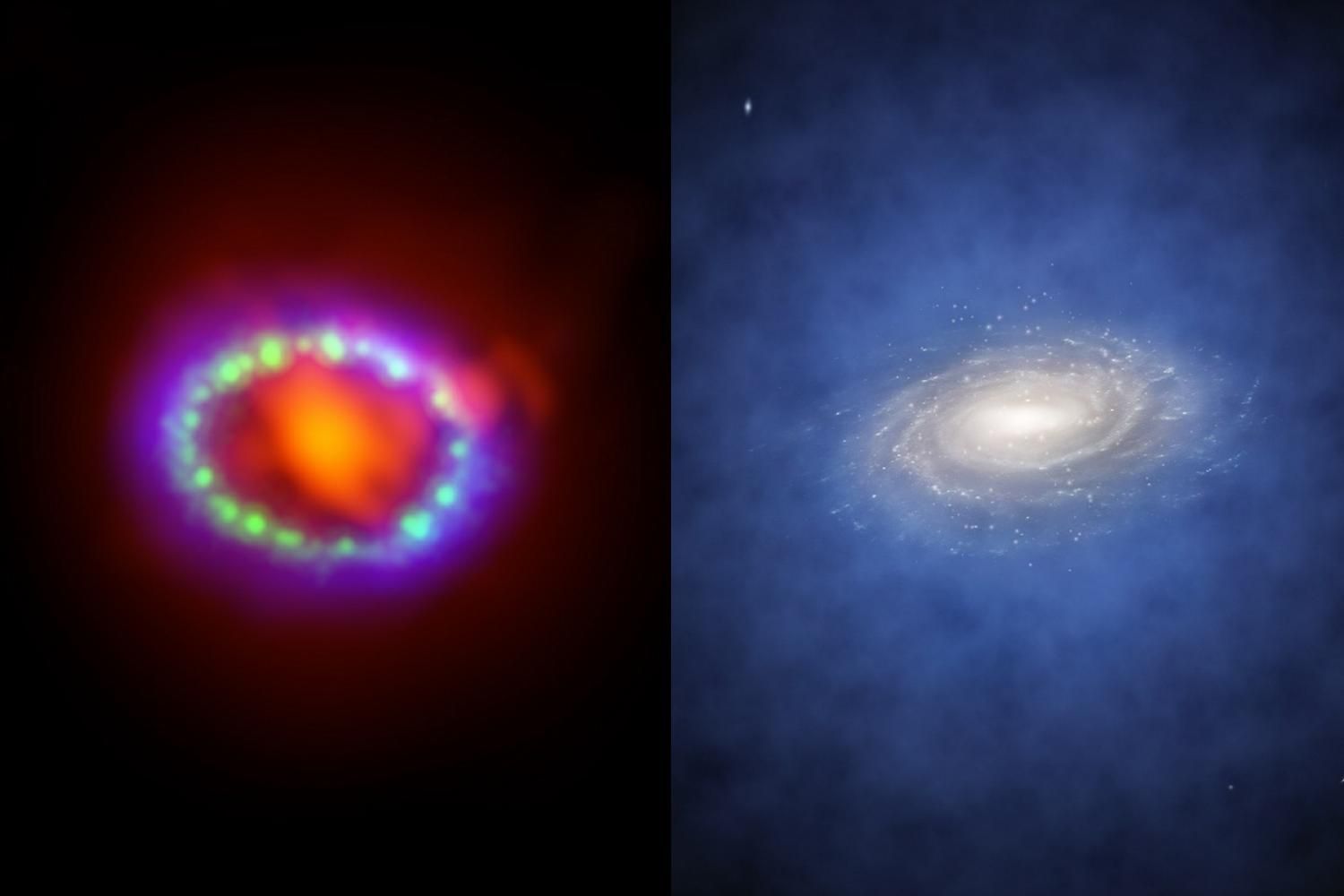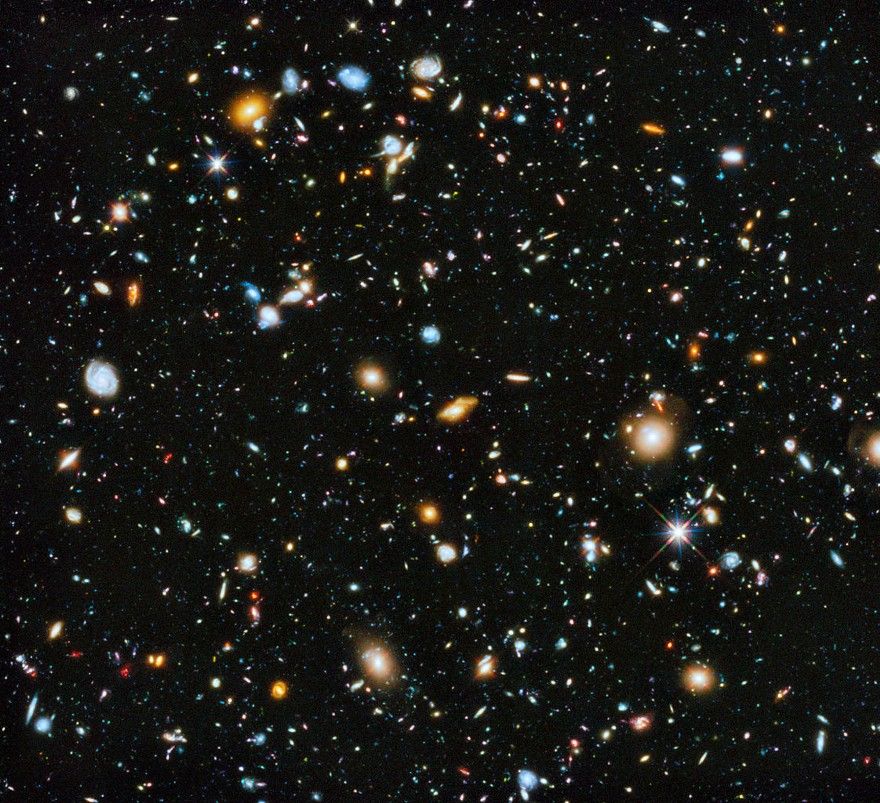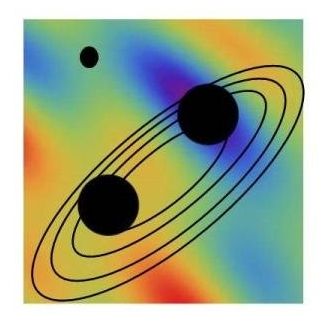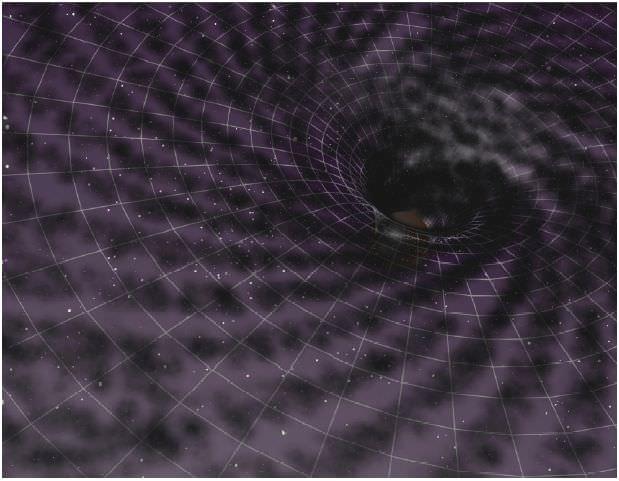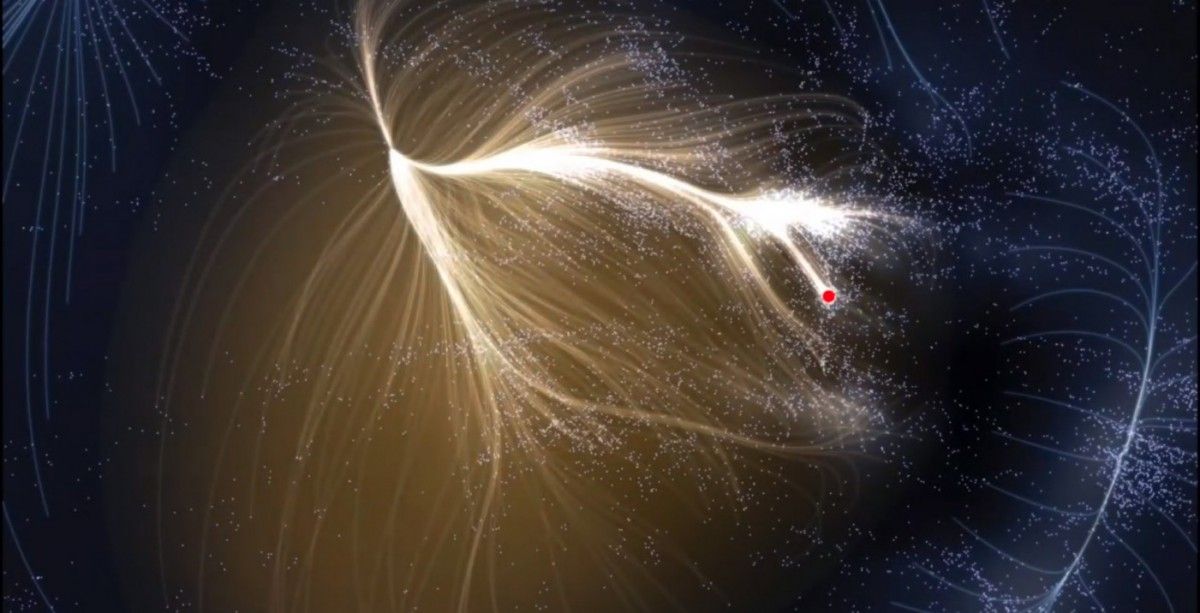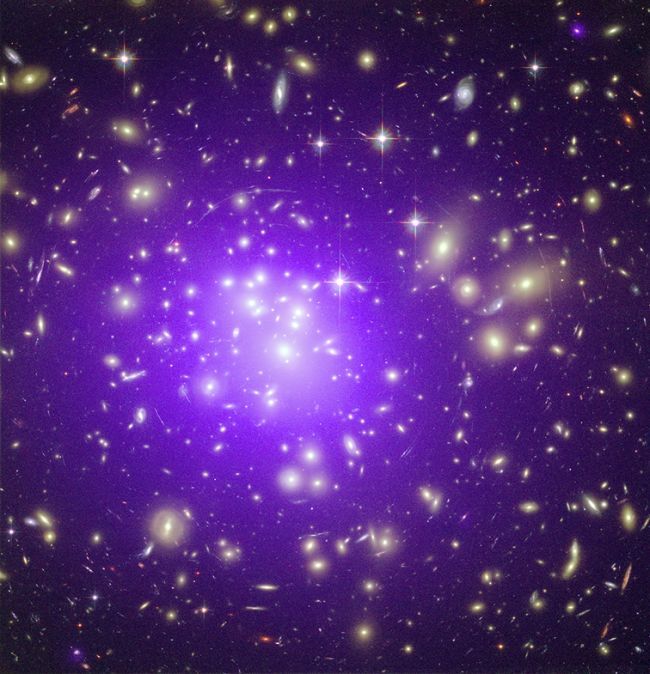But, using an assumption that a wormhole can be found at the middle of a black hole, a group of Portugese researchers modelled how objects like a chair, a scientist and a spacecraft would be able to withstand the journey through it.
‘What we did was to reconsider a fundamental question on the relation between the gravity and the underlying structure of space-time,’ Diego Rubiera-Garcia, lead author from the University of Lisbon, Portugal, said.
‘In practical terms, we dropped one assumption that holds in general relativity, but there is no a priori reason for it to hold in extensions of this theory.’
